#science illustration
Text
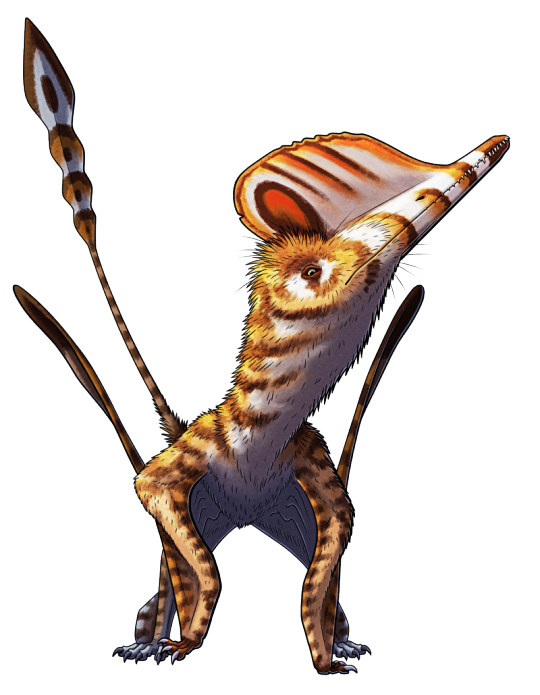

Wukongopterus lii was a pterosaur that lived during the mid-to-late Jurassic, about 164 million years ago, in what is now northeastern China. It was fairly small, with a wingspan of around 70cm (~2'4"), and showed a mixture of anatomical features in-between the long-tailed short-headed 'rhamphorhynchoids' and the short-tailed long-headed pterodactyloids.
Its long jaws were lined with tiny pointed conical teeth, suggesting it was adapted for primarily feeding on insects. It also had a very slight overbite, with the first two pairs of teeth in its upper jaw protruding almost vertically over the end of its lower jaw.
As a fully mature adult it would have had a low bony crest on its head that probably supported a larger keratinous structure – similar to other known wukongopterids – although the exact size and shape is unknown since the one confirmed specimen of Wukongopterus is missing that particular part of its skull. Another fossil nicknamed "Ian" may represent a second individual of this species, showing a different crest arrangement further forward on its snout, so I've made two different versions of today's image to reflect that possibility.
———
NixIllustration.com | Tumblr | Patreon
References:
Cheng, Xin, et al. "New information on the Wukongopteridae (Pterosauria) revealed by a new specimen from the Jurassic of China." PeerJ 4 (2016): e2177. https://doi.org/10.7717/peerj.2177/supp-1
Garland, Nick. “Ian the Wukongopterid.” Pteros, https://www.pteros.com/pterosaurs/ian-the-wukongopterid.html
Wang, Xiaolin, et al. "An unusual long-tailed pterosaur with elongated neck from western Liaoning of China." Anais da Academia Brasileira de Ciências 81 (2009): 793-812. https://doi.org/10.1590/S0001-37652009000400016
Wikipedia contributors. “Wukongopterus.” Wikipedia, 8 Dec. 2023, https://en.wikipedia.org/wiki/Wukongopterus
XuanYu Zhou 周炫宇. Anatomy, Systematics and Paleopathology of Pterosaurs: insights based on new specimens from China. 2023. Hokkaido University, PhD thesis. https://doi.org/10.14943/doctoral.k1560
#science illustration#paleontology#paleoart#palaeoblr#wukongopterus#wukongopteridae#monofenestrata#pterosaur#art
210 notes
·
View notes
Text
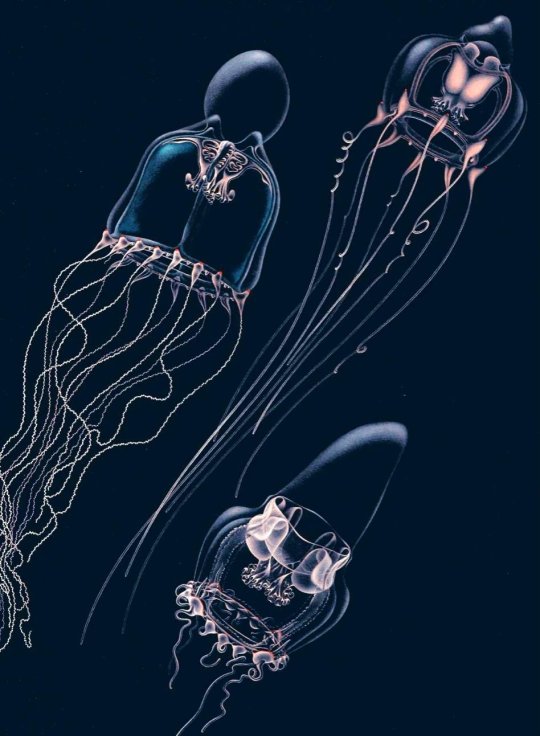
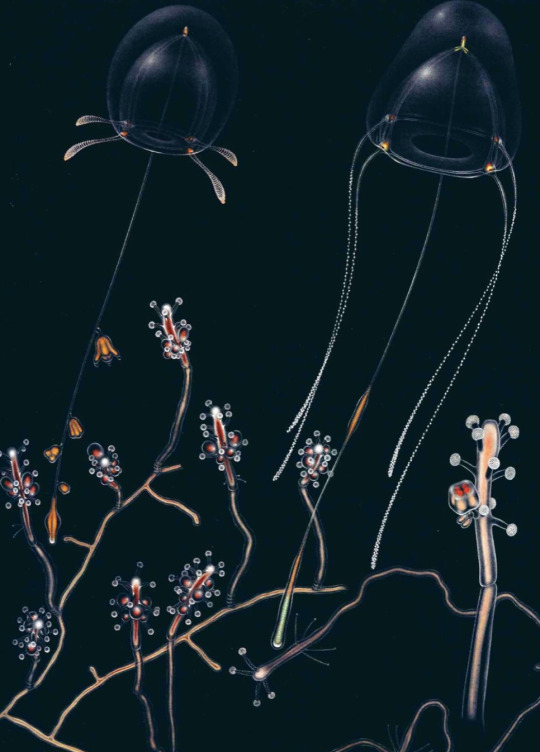

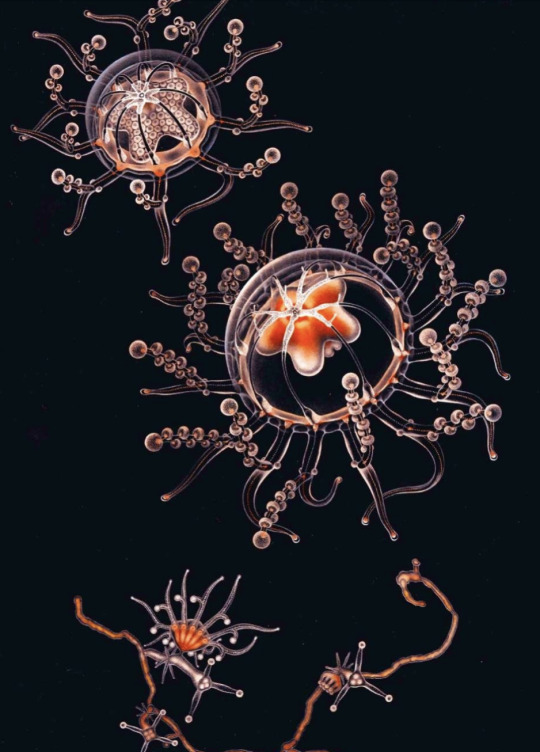

The lost jellyfish art of Ilona Richter, from Anita Brinckmann-Voss's 1970 book on jellyfish of the Mediterranean Sea...
#marine life#nature#ocean#science#illustration#science illustration#jellyfish#sea creatures#jellies#iridescent
4K notes
·
View notes
Text

Various scaled reptiles. The life of vertebrates. 1962.
Internet Archive
792 notes
·
View notes
Text
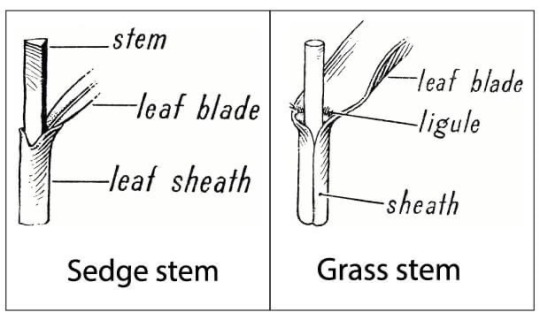
I’m sorry, but some of y’all really need to see this…
3K notes
·
View notes
Text
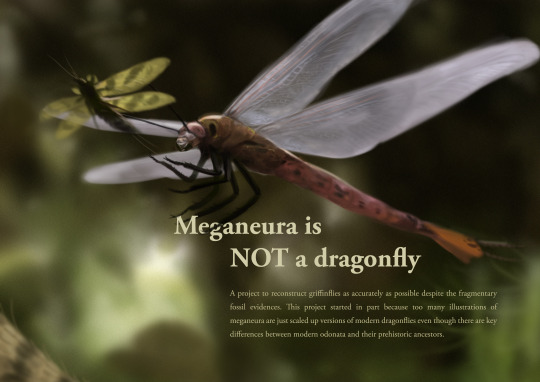
some illustrations about Meganeura and how much we know about its anatomy based on fossil fragments and close relatives
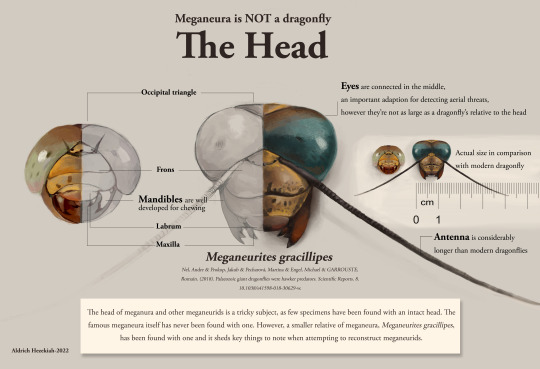


links
#meganeura#odonatoptera#carboniferous#permian#insect#paleoart#paleo art#paleontology#science illustration#illustrationdigital
2K notes
·
View notes
Text
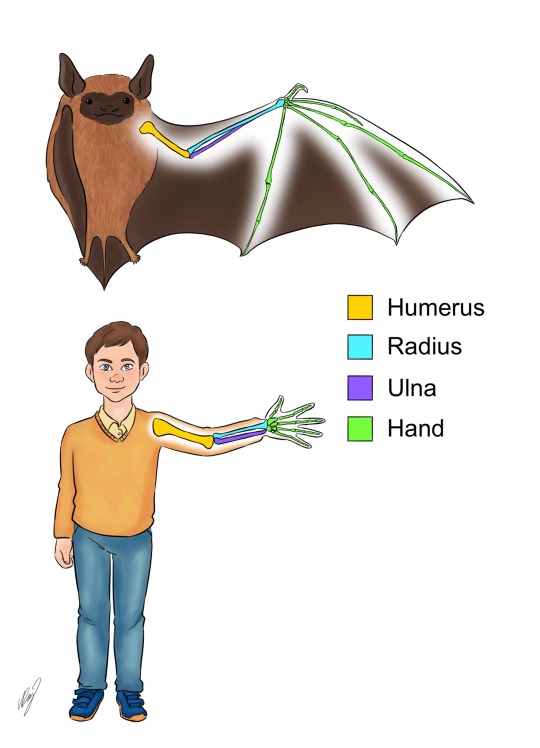
Bat and human arm bones~
I figured it’d be something to help a child visualise the similarities
65 notes
·
View notes
Text

NEW PRINT!
A fantastical, retro-futuristic laboratory for black hole research. Originally created for The Institute for Advanced Study – The Institute Letter.
The graphics on the small screens represent real black hole characteristics: Kerr black holes, donut-shaped accretion disks, gravitational effects, binary systems & more.
Credit: Olena Shmahalo for The Institute for Advanced Study
#natureintheory#olena shmahalo#sciart#science illustration#illustration#physics#art#artists on tumblr#digital artist#human artists#portfolio#2022#science#astrophysics#astronomy#scifi#science fiction#steampunk#fantasy art#scifiart#black hole#space#celestial#stars
165 notes
·
View notes
Text

Sedimentologist, Natacha Fabregas, using a microscope to check grain size
#portrait#portrait art#kells art#chalk#chalk pastel#chalk art#art#scicomm#science illustration#science art#science#illustration
60 notes
·
View notes
Text

Repostober 7: He stretch his leggy out real far! Anchiornis from 2018, a piece from grad school.
86 notes
·
View notes
Photo

“Teeth of Wolf. Natural size.” British animals extinct within historic times: with some account of British wild white cattle. James Edmund Harting. 1880.
#wolf teeth#wolf#wolves#animal teeth#taxidermy#teeth#teeth illustration#illustration#line drawing#vintage illustration#vintage book#biology#life science#animals#animal illustration#science illustration
1K notes
·
View notes
Text

The mancallines were a lineage of flightless semi-aquatic birds closely related to auks. Known from the Pacific coasts of what are now California and Mexico, between about 7.5 and 0.5 million years ago, they convergently evolved a close resemblance and similar lifestyle to both the recently-extinct North Atlantic great auk and the southern penguins.
Miomancalla howardi here lived in offshore waters around southern California during the late Miocene (~7-5 million years ago). The largest of the mancallines, it just slightly beat out the great auk in size – standing around 90cm tall (~3') and weighing an estimated 5kg (11lbs).
Like great auks and penguins it would have been a specialized wing-propelled diver, swimming using "underwater flight" to feed on small bait fish. It probably spent much of its life out at sea, probably only returning to land to molt and breed.
———
NixIllustration.com | Tumblr | Patreon
#science illustration#paleontology#paleoart#palaeoblr#miomancalla#mancallinae#pan-alcidae#auk#charadriiformes#bird#dinosaur#art#convergent evolution
589 notes
·
View notes
Photo

Common Yellowthroat & Leatherleaf
#Common Yellowthroat#leatherleaf#bird#warbler#nature#wildlife#illustration#animal#passerine#art#drawing#design#jada fitch#maine artist#maine illustrator#science illustration#botanical illustration#wildflower#bog#wood warbler#Geothlypis trichas#Chamaedaphne calyculata#plant#pen and ink
266 notes
·
View notes
Text

Fossils of fish fins, showing their evolution. La terre avant le déluge. 1874.
Internet Archive
848 notes
·
View notes
Photo

from Science diagrams that look like shitposts.
1K notes
·
View notes
Text
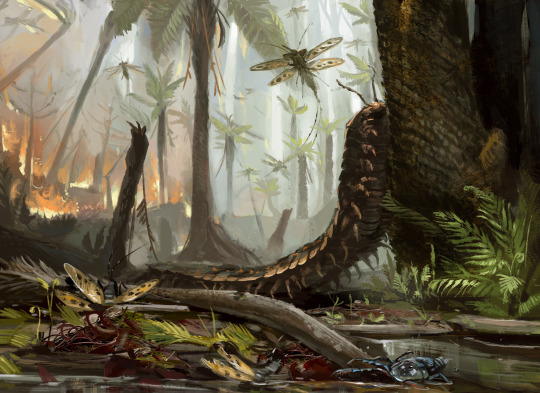
Old illustration from 2018
Arthropleura and friends running away from a carboniferous forest fire
#arthropleura#carboniferous#megarachne#eurypterid#palaodictyoptera#fossil insect#illustrationdigital#science illustration#illlustration#paleo art#paleoart
2K notes
·
View notes
Text
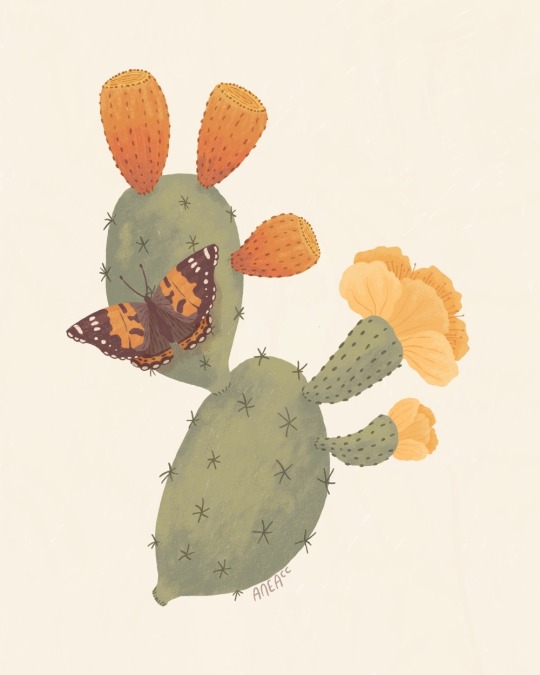
It’s Cactus garden time for the #juneinbloom2022
This one is quite personal because it’s a bit representative of the region where I live in, La palma, a small heart shaped island from the Canary Islands. Its what we call a”tunera” a prickly pear cactus in bloom and with some fruits (yummy), and an endemic butterfly called Vanessa vulcania or the Canary red admiral.
#butterflies#butterfly#prickly pear#botanic illustration#science illustration#cactus#succulents#bugs#insects#aneacc#my art#digital illustration#illustration#illustrations#artists on tumblr#procreate#juneinbloom2022
891 notes
·
View notes